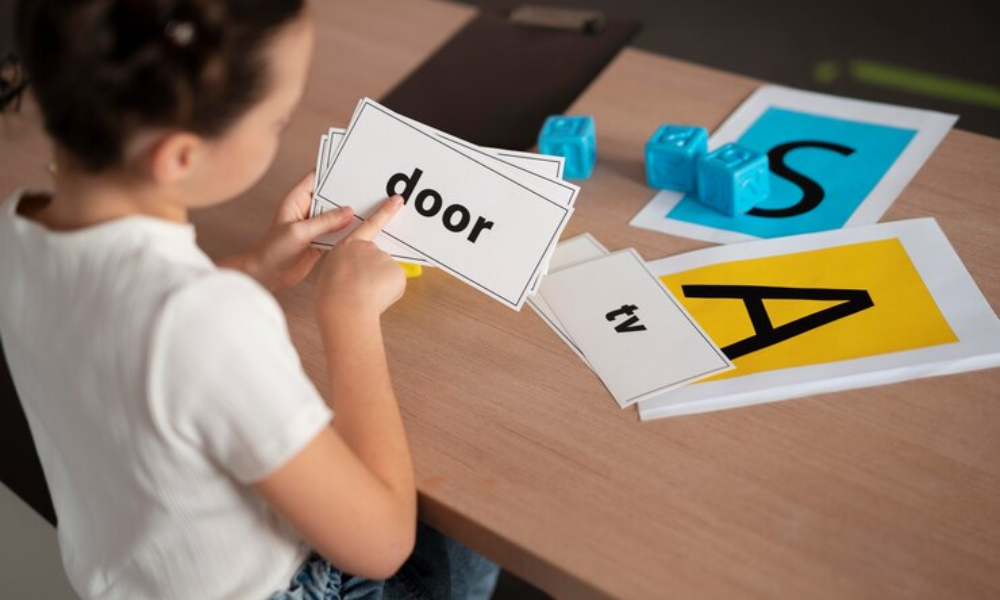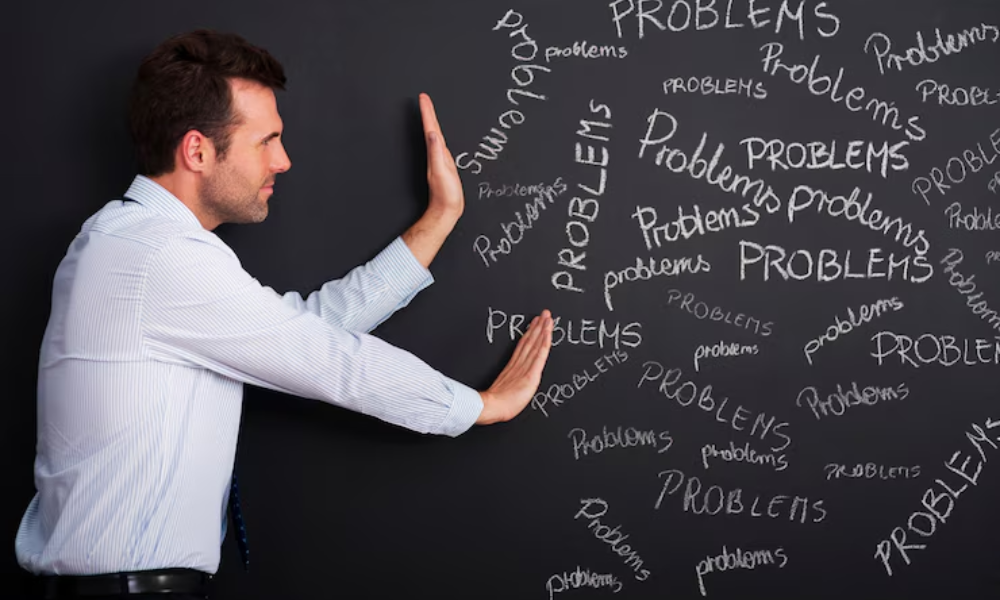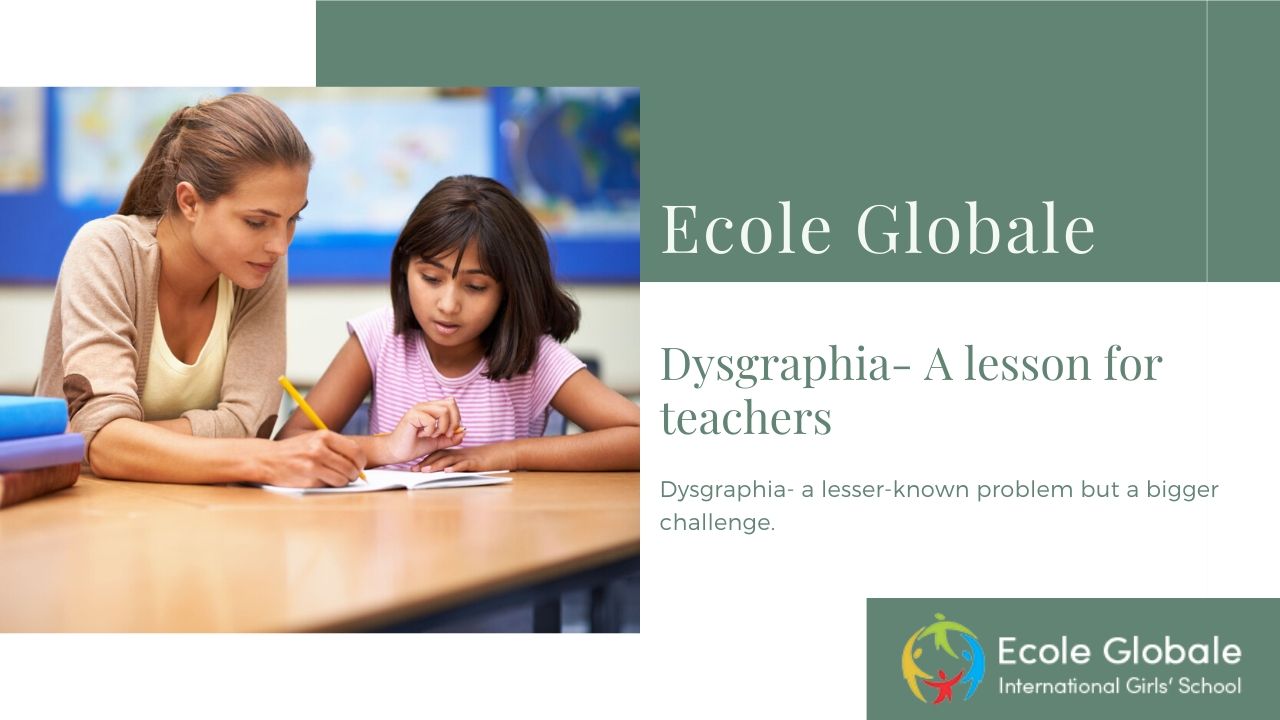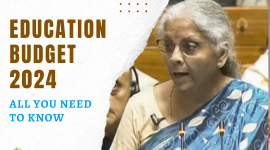Dysgraphia is a complex and often misunderstood neurological condition that affects a person’s ability to write. This learning disability can have a significant impact on an individual’s academic and professional success, yet it remains a relatively unknown challenge for many.
What is Dysgraphia?

Dysgraphia is a neurological disorder that primarily impacts an individual’s ability to produce written language. It is characterized by difficulties in handwriting, spelling, and the mechanical aspects of writing, such as letter formation, spacing, and the flow of written expression.
Unlike other learning disabilities that may affect reading or language comprehension, dysgraphia specifically targets the motor and sensory skills required for written communication.
Individuals with dysorthography often struggle with tasks that involve fine motor skills, such as holding a pencil, forming letters, and maintaining consistent spacing and size.
This can lead to messy, illegible handwriting and difficulty expressing their thoughts and ideas in written form. Additionally, individuals with dysgraphia may experience challenges with spelling, as the connection between the motor and language systems can be impaired.
Causes and Risk Factors of Dysgraphia
The exact causes of dysgraphia are not fully understood, but research suggests that it is often the result of a combination of genetic, neurological, and developmental factors.
dysorthography may be associated with other learning disabilities, such as dyslexia or ADHD, and it can also occur independently.
Some of the risk factors for developing dysgraphia include:
- Genetic predisposition: Individuals with a family history of dysgraphia or other learning disabilities may be more susceptible to developing the condition.
- Neurological differences: Structural or functional differences in the brain’s motor cortex or other areas responsible for language and motor skills may contribute to the development of learning difficulty.
- Developmental delays: Delays in the development of fine motor skills, visual-motor integration, or language processing can increase the risk of dysorthography.
- Underlying medical conditions: Certain medical conditions, such as cerebral palsy or developmental coordination disorder, may be associated with dysorthography.
Symptoms and Diagnosis of Dysgraphia
The symptoms of dysgraphia can vary widely from individual to individual, but some common signs include:
- Messy, illegible handwriting
- Difficulty forming letters and numbers correctly
- Inconsistent letter size and spacing
- Slow, laborious writing process
- Poor spelling and grammar
- Difficulty organizing thoughts and ideas on paper
- Avoidance of writing tasks
To diagnose dysgraphia, a comprehensive evaluation by a qualified professional, such as an occupational therapist or educational psychologist, is typically required. This evaluation may involve a range of assessments, including:
- Motor skills and coordination assessments
- Handwriting and written expression evaluations
- Cognitive and language assessments
- Observation of the individual’s writing performance
Early identification and intervention are crucial for individuals with learning difficulty, as they can help mitigate the impact of the condition and develop effective coping strategies.
Strategies for Managing Dysgraphia

Fortunately, there are a variety of strategies and interventions that can help individuals withlearning disorder improve their writing skills and overcome the challenges they face. Some of these strategies include:
Occupational Therapy and Physical Therapy
Occupational therapists and physical therapists can work with individuals with learning difficulty to improve their fine motor skills, hand-eye coordination, and muscle control. They may use a range of activities and exercises to strengthen the muscles used in writing and improve the individual’s overall motor planning and execution.
Accommodations and Assistive Technology
Individuals with learning disorder may be eligible for various accommodations and assistive technologies to support their writing needs. These may include the use of computers, voice-to-text software, ergonomic writing tools, and extended time for written assignments.
Multi-Sensory Instruction
Incorporating multi-sensory techniques into the learning process can be highly beneficial for individuals with learning disorder. This may involve using a combination of visual, auditory, and kinesthetic approaches to reinforce the connection between the motor and language systems.
Explicit Instruction in Handwriting and Spelling
Direct instruction in handwriting, letter formation, and spelling strategies can help individuals with dysorthography develop these essential skills. This may include practicing proper pencil grip, letter shapes, and spelling patterns.
Strategies for Organizing and Expressing Ideas
Individuals with learning disorder may benefit from learning strategies for organizing their thoughts and ideas before writing, such as using graphic organizers, outlines, or voice-to-text tools. This can help them overcome the challenges of translating their thoughts into written form.
By implementing a comprehensive, multifaceted approach to managing dysgraphia, individuals can develop the necessary skills and strategies to succeed in their academic, professional, and personal writing endeavors.
Conclusion
Dysgraphia is a complex and often misunderstood learning disability that can have a profound impact on an individual’s ability to express themselves through written language. However, with the right support, accommodations, and interventions, individuals with dysorthography can learn to overcome the challenges they face and thrive in their writing endeavors. By understanding the causes, symptoms, and available strategies for managing dysgraphia, we can empower individuals to reach their full potential and unlock the power of written communication.
FREQUENTLY ASKED QUESTION
Q1. What are the key features or symptoms of dysgraphia?
Answer: Key symptoms of dysgraphia include illegible handwriting, poor spelling, incorrect grammar and punctuation, slow writing speed, and difficulty with fine motor skills.
Q2. How can dysgraphia be diagnosed and tested?
Answer: Dysgraphia is typically diagnosed through a team assessment that can include occupational therapists, physical therapists, and special education teachers, who evaluate the child’s writing skills, fine motor coordination, and language processing.
Q3. How do specialists determine if someone has dysgraphia versus other learning disorders?
Answer: Specialists diagnose dysgraphia by assessing the person’s learning strengths, weaknesses, educational history, writing difficulties, and the impact of interventions, often involving an occupational therapist, physical therapist, and psychologist.









